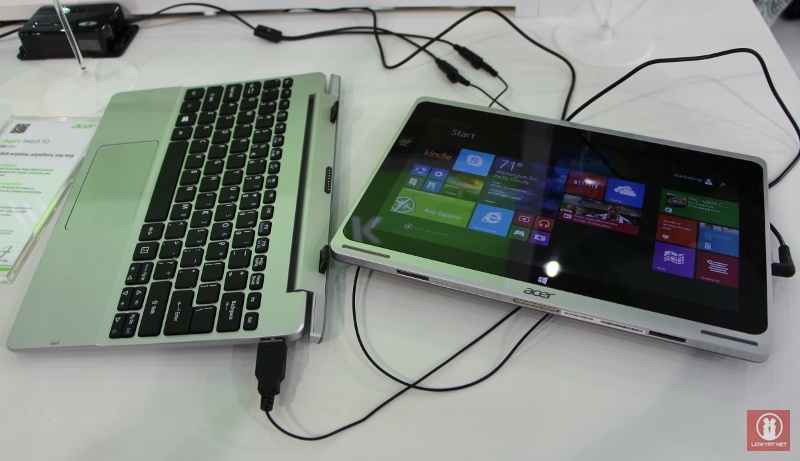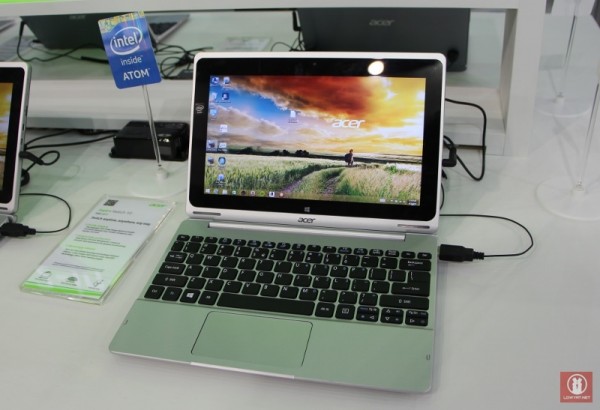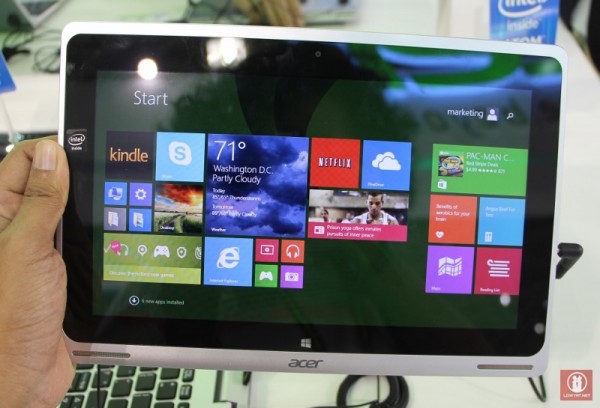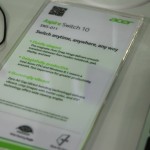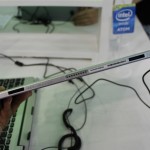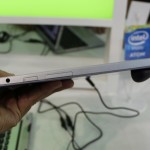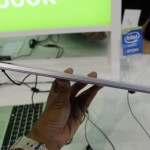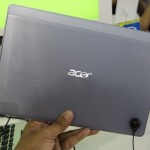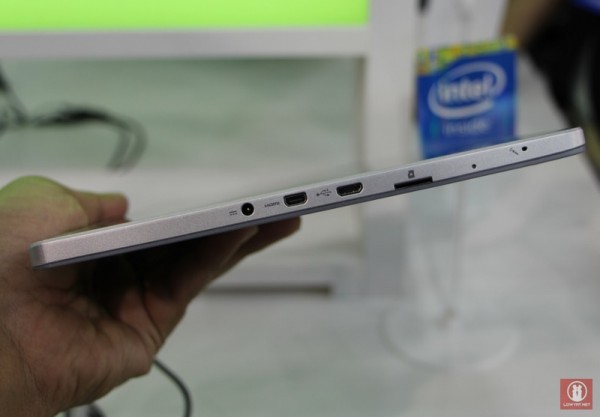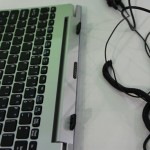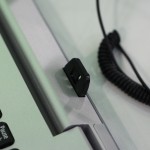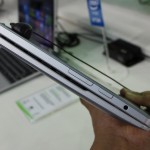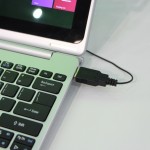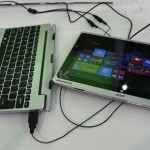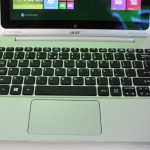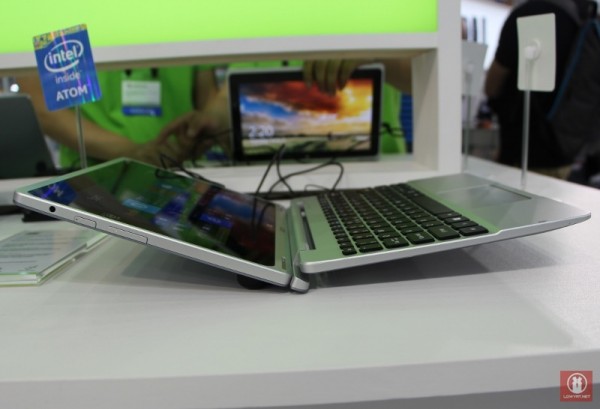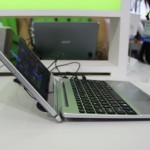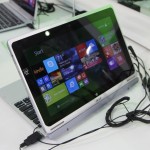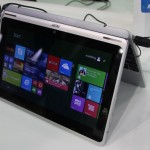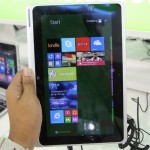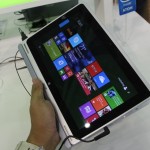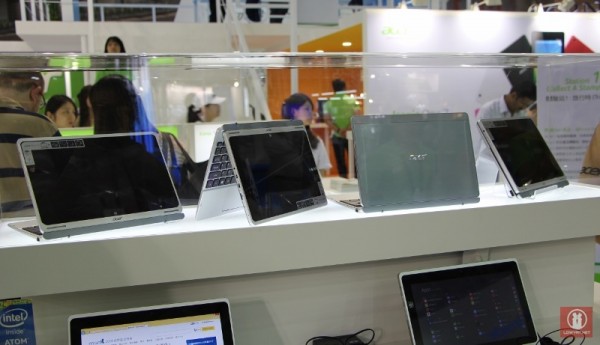Somehow, there are not much Intel Bay Trail products out there despite it being capable of running full version of Windows 8. If you are in the same boat of thoughts with me regarding this particular observation, well…the Intel Bay Trail product pool in Malaysia will become slightly bigger today.
This is due to the official Malaysian launch of the new Acer Switch 10 that will take place in the next few hours’ time. But first, let’s take a closer look at this new Windows 8.1 2-in-1 PC which we managed to have a brief hands-on experience at Acer’s booth during the recent Computex 2014 in Taiwan.
But first, let’s talk about technical specs. As reported earlier, the Acer Switch 10 is powered by a 1.33GHz Intel Atom Z3745 quad-core processor which also features an integrated Intel HD Graphic GPU that runs at up to 778MHz. For Malaysia, Acer has also equipped the device with 2GB of RAM and 32GB of internal storages as well as a single 2-megapixels web camera and an additional 500GB through a separate HDD.
Not to forget, the Switch 10 also features a 10.1-inch IPS display which has a resolution of 1366 x 768 and vibrant colours. It seems like Acer has really learned its lesson after the company was criticized for equipping the Iconia W3 with TN display that has a rather poor brightness and viewing angle.
In terms of I/O port, there are not many of them available on Switch 10 which is a norm for a device of such a form factor. On the tablet itself, there is a mini HDMI, mini USB 2.0, microSD card reader, and audio jack. There is also one more USB 2.0 port, which is located on the Switch 10’s keyboard.
Unlike Iconia W4 that uses USB as its power port which could be an issue if you want to power the device and hook up your USB peripherals at the same time, the Switch 10 has a dedicated port for power adapter. The tablet also features a front facing speaker, although we didn’t get to test its output and sound quality since the ambience are rather too loud at Computex.
Even though Switch 10 is essentially a detachable PC that allows users to utilize it as a stand-alone tablet, the device can also be operated in three other modes. Of course, first being notebook mode which is when you docked the tablet together with its keyboard in normal position.
I did found a rather interesting issue with this mode though: the keyboard would awkwardly tilt up if you angled the tablet too far ahead, as you can see in the image above. This happens simply because the tablet is heavier than the keyboard and even though when users are able to anchor the keyboard down once they put their hands over it (for typing, as example) but it still an awkward situation.
Additionally, users are also able to use it in “display” mode which is when you docked the tablet with the monitor facing the outward direction. You can also turn it upside down and pose the device in tent mode. Apart from the tab mode, other modes on Switch 10 are rather identical to those on Lenovo Yoga and as weird as this might sound, many manufacturers this year have equipped their 2-in-1 notebooks with such capability.
Physically, the Switch 10 is extremely light at only 585 grams. No surprise there though as the device is predominantly made out of plastic with the exception of the tablet’s back area which features a brushed metal finish.
That being said, the build quality of Switch 10 (based on this particular demo unit) is still not too shabby. Given the price point that Acer has designated for the device, what Switch 10 ultimately offers is the flexibility of a convertible Windows 8.1 notebook together with acceptable level of performance through Intel Bay Trail processor in an affordable package.
Speaking about the affordability, the Acer Switch 10 carries a price tag of RM 1399 in Malaysia. However, its actual release date in Malaysia is not yet known at the moment in which we believe will be revealed at the launch event shortly.
Follow us on Instagram, Facebook, Twitter or Telegram for more updates and breaking news.


